The Tesla Model S Plaid has been one of the most talked-about electric vehicles (EVs) since its release, especially due to its astounding acceleration capabilities. Tesla has made a name for itself as a pioneer in the electric car industry, and the Model S Plaid represents the pinnacle of its achievements in terms of performance. With a reported 0-60 mph time of less than 2 seconds, the Model S Plaid is not just a luxury sedan but a hyper-performance vehicle that can rival, and in some cases, beat the best internal combustion engine (ICE) cars in the world in terms of sheer acceleration.
But the question arises: Can the Model S Plaid’s acceleration truly dominate the electric vehicle market? Is it enough to define the future of EVs, or is acceleration just a marketing gimmick that overshadows other critical aspects of electric vehicle development, such as range, affordability, and practical features? In this article, we will break down the various factors surrounding the Tesla Model S Plaid’s performance and analyze whether its acceleration can sustain its dominance in the evolving electric vehicle market.
1. The Science Behind the Model S Plaid’s Acceleration
To understand why the Tesla Model S Plaid is so fast, we need to look at the technology and engineering that enables such impressive acceleration. The Model S Plaid is powered by three electric motors, one front motor and two rear motors, which work in harmony to provide incredible torque and instant power delivery.
- Instant Torque: One of the key factors that sets electric vehicles (EVs) apart from traditional internal combustion engine vehicles is the ability to deliver instant torque. Electric motors produce maximum torque from zero RPM, meaning the Tesla Model S Plaid can accelerate almost instantaneously from a standstill. This immediate delivery of power results in exceptional acceleration times, something that’s particularly difficult to achieve with traditional gasoline engines.
- Three-Motor Setup: The Model S Plaid uses a three-motor setup, which allows for superior traction, power distribution, and control. This system enables Tesla to optimize performance by adjusting the torque sent to each wheel, ensuring that the vehicle remains stable during high-speed acceleration and even in challenging conditions like wet or slippery roads. The combination of these three motors and advanced power management algorithms ensures that the Plaid remains composed and delivers a jaw-dropping performance on the road.
- Battery Technology: Tesla’s battery technology is another critical factor in the car’s exceptional acceleration. With the Plaid powertrain, Tesla uses high-density batteries that allow for higher power output and improved thermal management. The result is an electric sedan that can not only accelerate incredibly fast but also maintain that performance without significant power degradation during high-demand situations.
The outcome of these advancements is nothing short of remarkable: a 0-60 mph time of less than 1.99 seconds, which puts the Tesla Model S Plaid in the company of hypercars like the Bugatti Chiron and Porsche 918 Spyder — both of which cost significantly more than Tesla’s flagship sedan.
2. Market Impact: Can Acceleration Drive EV Adoption?
The Model S Plaid’s acceleration performance has certainly garnered attention, but the question remains: Does acceleration alone drive consumer adoption in the electric vehicle market?
- The Need for Speed in Consumer EVs: While the acceleration of the Tesla Model S Plaid is undoubtedly a major selling point, it’s important to recognize that for most EV buyers, acceleration is not the sole priority. Consumers looking to purchase an EV are often more concerned with aspects like range, price, charging infrastructure, and overall usability. The Plaid’s acceleration capabilities may appeal to a niche segment of performance enthusiasts or thrill-seekers, but for the average consumer, these ultra-fast figures may not be as critical as more practical factors.
- Range and Charging Infrastructure: While the Plaid boasts impressive acceleration, its range is also a crucial aspect of the electric vehicle experience. The Tesla Model S Plaid offers a range of up to 390 miles on a single charge, which is more than enough for the majority of daily commutes and even long-distance travel. However, in order for acceleration and performance to truly dominate the market, EVs must also provide competitive range and fast-charging capabilities. Tesla has been leading in this area with its Supercharger network, which allows Model S owners to quickly recharge their vehicles, a significant advantage when compared to other electric vehicles with more limited charging infrastructure.
- Price Considerations: The Model S Plaid comes at a premium price point, with a starting price of over $130,000. While this price tag is justified by its performance and luxury features, it may limit the Plaid’s appeal to a larger audience. Affordability remains one of the key barriers to mass EV adoption, and Tesla’s ability to scale down the cost of its vehicles to cater to a broader range of consumers will be a significant factor in determining whether performance will continue to dominate the market.
3. Competitors in the High-Performance EV Market
While the Tesla Model S Plaid is undoubtedly impressive in terms of acceleration, it is not alone in the high-performance electric vehicle market. Other automakers are quickly catching up, offering models that challenge the Tesla in terms of both performance and technology.
- Lucid Air: One of the most direct competitors to the Tesla Model S is the Lucid Air, a luxury electric sedan that offers exceptional range (up to 520 miles) and solid performance. The Lucid Air Dream Edition produces up to 1,111 horsepower, allowing it to accelerate from 0-60 mph in around 2.5 seconds. While it doesn’t quite match the Plaid’s 0-60 time, the Lucid Air is still a formidable competitor in terms of overall performance and range.
- Rimac Nevera: On the other end of the spectrum is the Rimac Nevera, a Croatian hypercar that features a quad-motor setup and boasts acceleration figures that rival the Tesla Model S Plaid. With a 0-60 mph time of under 1.85 seconds, the Nevera is one of the fastest production cars in the world. However, at a price of around $2 million, it’s more of a niche vehicle than a mainstream competitor.
- Porsche Taycan: The Porsche Taycan series, especially the Turbo S, offers excellent performance and a top-tier driving experience. While it doesn’t achieve the same 0-60 times as the Tesla Model S Plaid, its handling and refined driving dynamics make it a popular choice among enthusiasts. The Taycan Turbo S can accelerate from 0-60 mph in around 2.4 seconds, and its exceptional build quality and brand heritage appeal to many who value both performance and luxury.
- Audi e-Tron GT: The Audi e-Tron GT, another luxury electric sedan, also provides solid performance with a 0-60 mph time of 3.1 seconds. While it’s not quite on the same level as the Model S Plaid, the e-Tron GT has become an important player in the luxury EV market, offering a combination of performance, design, and Audi’s signature interior craftsmanship.
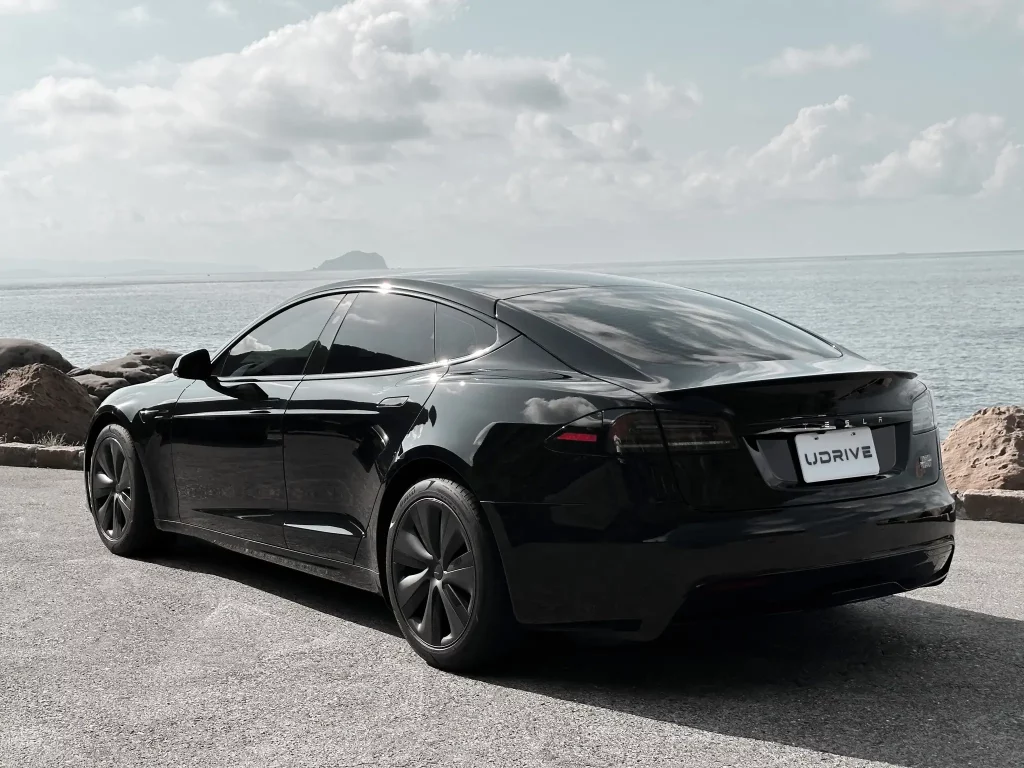
4. The Broader Implications for the Electric Vehicle Industry
The Tesla Model S Plaid’s acceleration is undoubtedly a milestone for the EV market, and it shows the immense potential of electric drivetrains to outperform traditional gasoline engines in a way that was previously unimaginable. However, while performance is a key selling point, the future of the electric vehicle market will ultimately depend on a combination of factors beyond sheer speed.
- Sustainability and Efficiency: As the industry moves towards greater sustainability, electric vehicles will need to prioritize efficiency and sustainability in their design. Factors such as battery lifespan, energy efficiency, and the use of sustainable materials will become increasingly important in the coming years.
- Mass Market Adoption: The future of electric vehicles will also depend on their ability to appeal to the mass market. Tesla has already begun expanding its offerings with more affordable models like the Model 3 and Model Y, which cater to a broader range of consumers. The key to mass EV adoption will be offering affordable vehicles with long range, fast charging times, and strong performance—factors that are equally important as acceleration.
Conclusion: A Dominating Force in Performance, But Not the Sole Driver of the EV Market
The Tesla Model S Plaid is undoubtedly one of the fastest production cars in the world, and its acceleration performance is unmatched in the electric vehicle market. The sheer thrill of hitting 0-60 mph in under 2 seconds is a feat that places the Plaid in a class of its own, showing that electric powertrains are capable of surpassing even the most exotic internal combustion engine vehicles in performance.
However, while acceleration is a critical aspect of the Model S Plaid’s appeal, it alone is unlikely to define the broader electric vehicle market. Factors like affordability, range, charging infrastructure, and mass-market appeal will be crucial in determining whether Tesla—and other EV manufacturers—can truly dominate the automotive industry in the long term.
For those seeking the ultimate in electric performance, the Tesla Model S Plaid undoubtedly offers an unmatched experience. However, as the market for electric vehicles grows and evolves, performance will need to coexist with practicality and sustainability for the EV industry to continue its expansion into the mainstream.



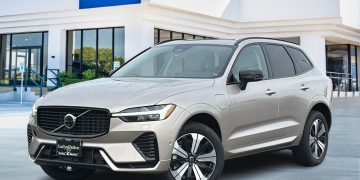







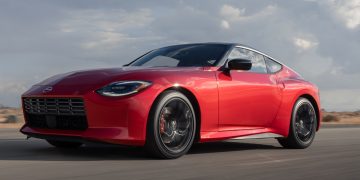


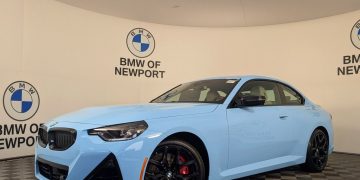






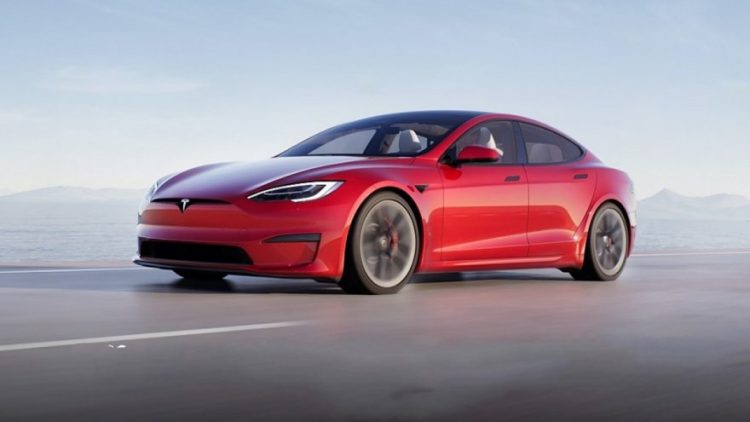












Discussion about this post